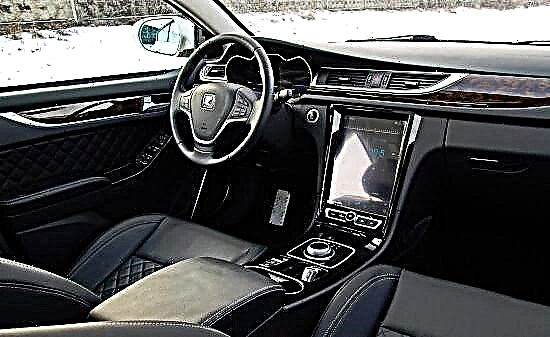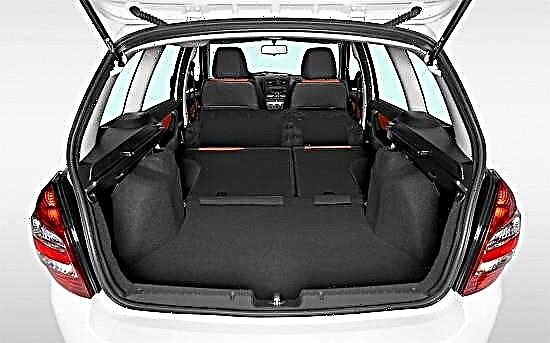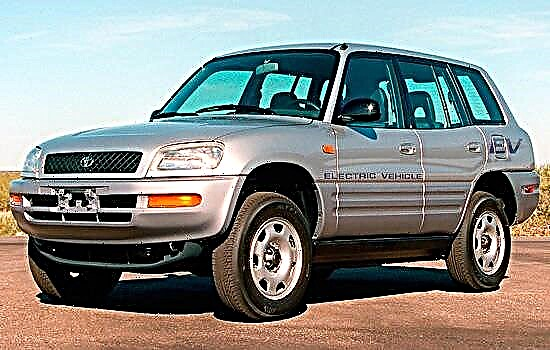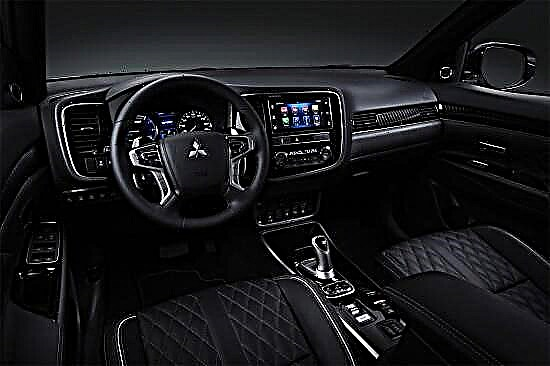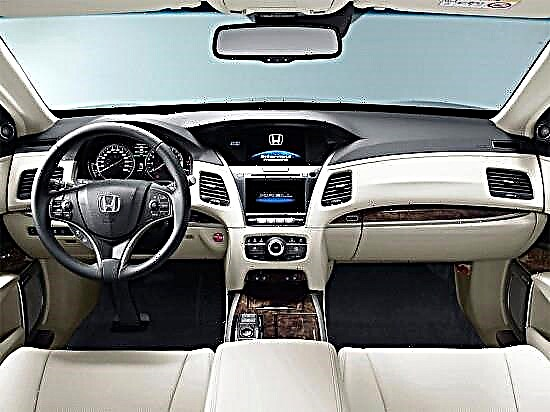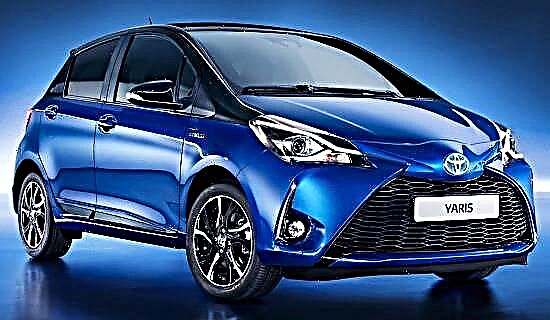The purpose of the Geneva Motor Show, as you know, is to be a platform for the presentation of European versions of models of world automakers. Toyota, in this regard, is no exception - and within the framework of the 2012 auto show, the company presented its next “environmentally loyal” car for Europe - the Yaris Hybrid hatchback, which went on sale in the countries of the Old World shortly after the premiere.

In 2014, this "dually movable baby" underwent changes in the exterior and interior, similar to the "base model".

And in February 2017, along with the "traditional brother", this car underwent a second update, which, again, had a positive effect on the exterior and interior, as well as the technical "stuffing" and the list of equipment.

The exterior of the "hybrid" Toyota Yaris practically copies the "regular model" of the third generation - the differences are present only in the design of the front bumper, headlights and taillights, as well as in the nuances of the side surfaces. Austere Yaris Hybrid front lighting - with LEDs neatly positioned above the turn signal lamps. The original bumper - with a huge slot for a false radiator grille and round foglights spaced around the edges. The originality of the execution attracts the eye of the rear lighting fixtures. LED lights follow the curve of the lantern and stand out from the stream of Toyota Yaris Hybrid cars at night.

The car belongs to the representatives of the European B-class and has the following external dimensions: length - 3945 mm, width - 1695 mm, height - 1510 mm, base - 2510 mm, ground clearance - 145 mm.

And inside, there are not many differences between the "hybrid version" and the "base model". The first thing that draws attention is the dashboard with additional functions and the blue insert on the gearbox wings.
The rest of the "salon" on the "Yaris Hybrid" migrated from the basic version: a puffy multifunctional steering wheel has three spokes, and the distinctive front dashboard - with a combined two-tone trim and a screen of the Toyota Touch infotainment system.
In the first row, there is enough space even for tall people, the seats are with characteristic lateral support and are conveniently profiled, in the second row it is better to sit together, there is just as much legroom as you need to fit.
The useful volume of the trunk is not affected by the placement of the battery and is 286 liters in the "stowed" form, and with the backrest folded down, it increases to 768 liters.
Specifications. The hybrid setup for the Toyota Yaris Hybrid hatchback is based on a lightweight version of the units used on the Toyota Auris HSD. The petrol 1.5-liter engine (75 hp) operates according to the Atkinson cycle, with an electric motor the total power is 100 hp. The battery is nickel-metal hydride of compact size, the weight of the hybrid parts is only 42 kilograms. The batteries and gas tank are compactly located under the second row seats. Transmission infinitely variable (variator) CVT with electronic control.

This car is ideal for urban operating conditions (with frequent stops and starts, slow movement in traffic jams). When driving unhurriedly, the car rides on an electric motor (it can drive 5 km on one electric traction), while harmful emissions are absolutely zero. During intensive acceleration, the petrol partner is switched on. But as soon as you take your foot off the accelerator pedal, the internal combustion engine is turned off (provided that the batteries are fully charged). If there is little "electric fuel", then the gasoline unit works like a conventional Toyota Yaris hatchback. When braking, the electric motor recovers the kinetic energy of the braking into electrical energy and pumps it into the nickel-metal hydride batteries. This happens constantly throughout the entire movement in the city, on the highway the driving conditions are different. Where there is little braking, “Yaris Hybrid” becomes “an ordinary gasoline car” ... In general, everything is exactly the same as in the first-born Toyota “hybrids” - “Prius”. You should be prepared for the fact that on the highway the fuel consumption of the “Hybrid” version, for obvious reasons, will be even higher than in the city. HSD (Hybrid Synergy Drive) technology in action assumes (in the case of the Toyota Yaris Hybrid) an average fuel consumption of 3.5 liters and CO2 emissions of 79 g / km (promised by the manufacturer).
Technically, the "gasoline-electric" hatch is "flesh and blood," the base "Yaris": the "Toyota B" platform at the base, MacPherson struts on the front and a torsion bar on the rear axle, electric power steering, as well as brake "pancakes" with ventilation in the front and " drums "at the back, with ABS and EBD.
Options and prices. The 2018-2019 Toyota Yaris Hybrid hatchback will make its European debut in March 2017 (at the Geneva auto show) and will go on sale in the countries of the Old World shortly after this event.
The pre-reform car (2014-2016 model year) is presented in Germany at a price of 14 490 euros (~ 911 thousand rubles at the current exchange rate). In terms of equipment, the "double-driven" hatch differs little from the standard "brother".

